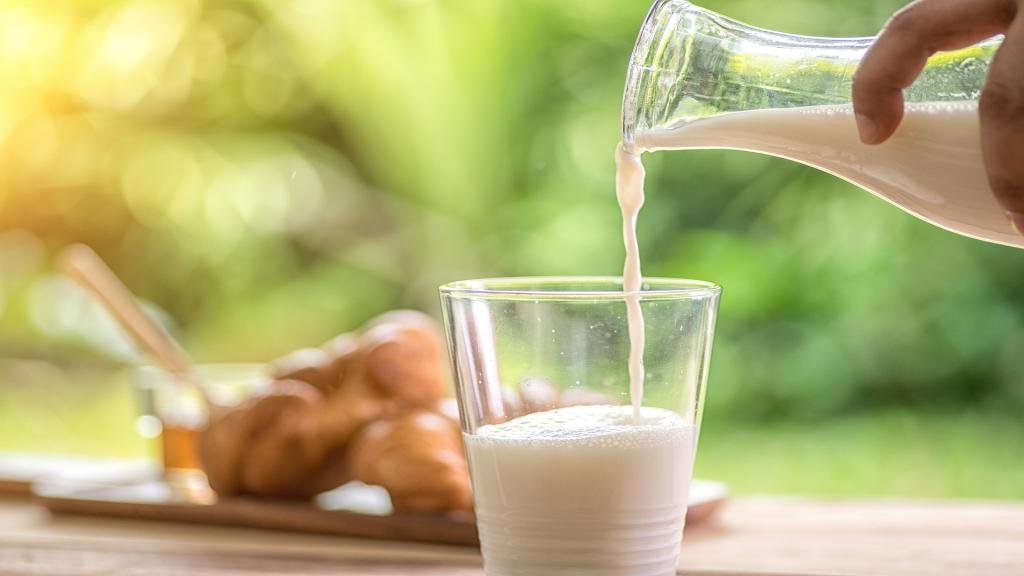Inside BENEO’s new pulse plant: pioneering sustainable protein from faba beans
FSSAI Survey shows that while milk is largely safe, contamination due to Aflatoxin M1 and Antibiotic residues is more serious problem than adulteration and the quality concerns persist
The Food Safety and Standards Authority of India (FSSAI) has released the full report of the ‘National Milk Safety and Quality Survey 2018’. The survey results demolish the perception of large scale milk adulteration in the country.
The survey has shown that 12 out of 6,432 samples of milk were adulterated that render such milk unsafe for human consumption. Six samples were found adulterated with hydrogen peroxide, three with detergents, two with urea and one sample was found to have neutralizers. No samples were found with boric acid and nitrates, the other two possible adulterants. Out of 12 adulterated samples, nine were in Telangana, two from Madhya Pradesh and one from Kerala. While, there is concern, but this dispels wide spread perception that liquid milk in the country is largely adulterated.
A major finding in the survey was presence of Aflatoxin M1 residues beyond permissible limits in 368 (out of 6,432) samples, that is 5.7% of the samples. This is the first time that such a detailed survey of presence of Aflatoxin M1 in milk has been done in the country. Aflatoxin M1 comes in the milk through feed and fodder, which are currently not regulated in the country. Amongst the top three States with highest levels of Aflatoxin M1 residues are Tamil Nadu (88 out of 551 samples), Delhi (38 out of 262 samples) and Kerala 37 out of 187 samples). This problem is more dominant in processed milk rather raw milk.
The survey further showed that 77 (out of 6,432) samples, that 1.2 % of the samples had residues of antibiotics above the permissible limits. Amongst the top three States with highest levels of Antibiotics residues are Madhya Pradesh (23 out of 335 samples), Maharashtra (9 out of 678 samples) and UP (8 out of 729 samples). Only one raw milk sample in Kerala was found to contain pesticide residue above the permissible level.
This is the first time that a quantitative analysis of all samples that failed on account of adulterants and contaminants has been done. It is found that the level of adulterants and contaminants in failed samples is not high, therefore unlikely to pose serious threat to human health. FSSAI is however committed to zero tolerance for any adulteration and contamination of milk. The survey has helped in identification of hot spots, so that more intensified efforts for surveillance and enforcement could be taken up in such areas.

